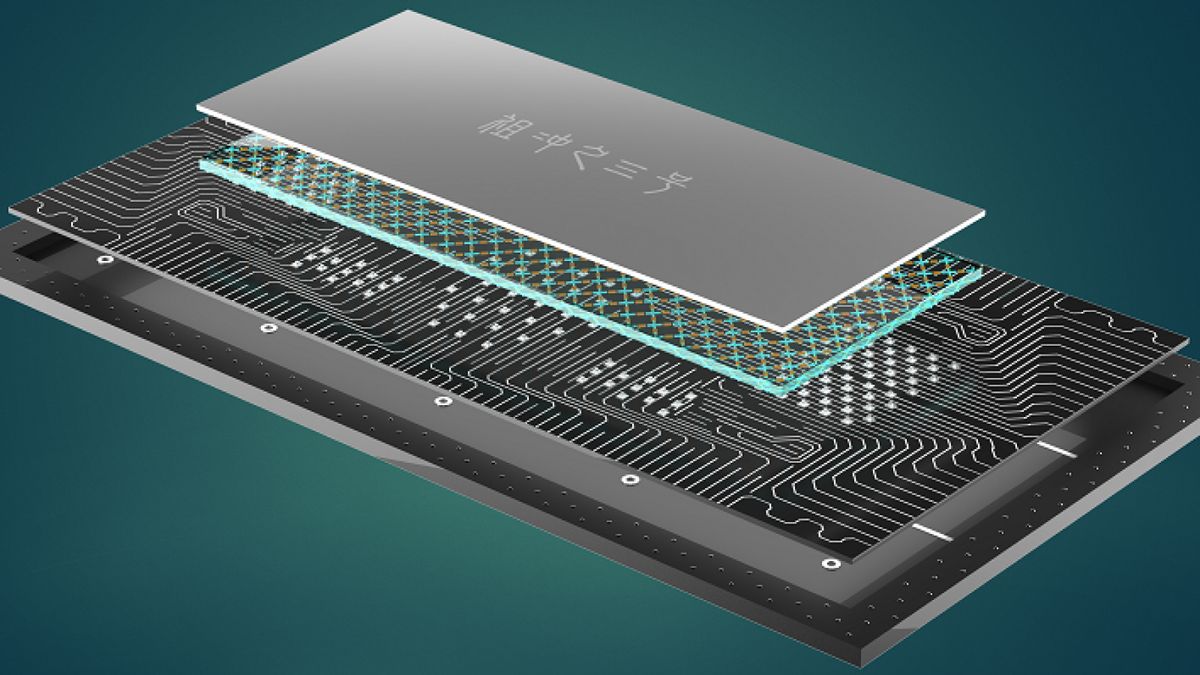Cryptocurrencies hold the potential to change finance, eliminating middlemen and bringing accounts to millions of unbanked people around the world.
Quantum computers could upend the way pharmaceuticals and materials are designed by bringing their extraordinary power to the process.
Here's the problem: The blockchain accounting technology that powers cryptocurrencies could be vulnerable to sophisticated attacks and forged transactions if quantum computing matures faster than efforts to future-proof digital money.
Cryptocurrencies are secured by a technology called public key cryptography. The system is ubiquitous, protecting your online purchases and scrambling your communications for anyone other than the intended recipient. The technology works by combining a public key, one that anyone can see, with a private key that's for your eyes only.
If current progress continues, quantum computers will be able to crack public key cryptography, potentially creating a serious threat to the crypto world, where
some currencies are valued at
hundreds of billions of dollars. If encryption is broken, attackers can impersonate the legitimate owners of cryptocurrency,
NFTs or other such digital assets.
"Once quantum computing becomes powerful enough, then essentially all the security guarantees will go out of the window,"
Dawn Song, a computer security entrepreneur and professor at the University of California, Berkeley, told the
Collective[i] Forecast forum in October. "When public key cryptography is broken, users could be losing their funds and the whole system will break."
Quantum computers get their power by manipulating data stored on qubits, elements like charged atoms that are subject to the peculiar physics governing the ultrasmall. To crack encryption, quantum computers will need to harness thousands of qubits, vastly more than the dozens corralled by today's machines. The machines will also need persistent qubits that can perform calculations much longer than the fleeting moments possible right now.
But makers of quantum computers are working hard to address those shortcomings. They're stuffing ever more qubits into machines and working on
quantum error correction methods to help qubits perform more-sophisticated and longer calculations.
"We expect that within a few years, sufficiently powerful computers will be available" for cracking blockchains open, said Nir Minerbi, CEO of quantum software maker
Classiq Technologies.
READ MORE...










